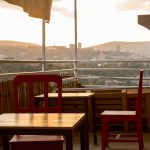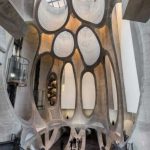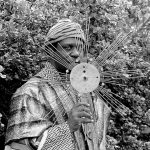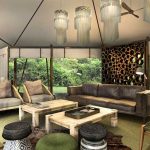LODGE DESIGN: WHERE FORM MEETS FUNCTION
There was a time not too far in the past where most safari lodges followed a similar design aesthetic: deep leather couches, Hemingway-esque safari clutter, and a stuffed head of some poor animal above the hearth.
But those times are (mostly) in the rear-view mirror. And just as safari operators across Africa are differentiating through niche experiences and bespoke safari products – say hello to treehouse sleepouts and participative conservation – the continent’s leading lodges are using savvy design to forge their own unique identity.
While most lodges follow a similar layout consisting of communal areas, outdoor bomas and private guest suites, when it comes to adjusting the level of luxury to the room rate, the best examples of interior design and intuitive architecture set the tone for the lodge, and imprint the property with a distinct sense of place.
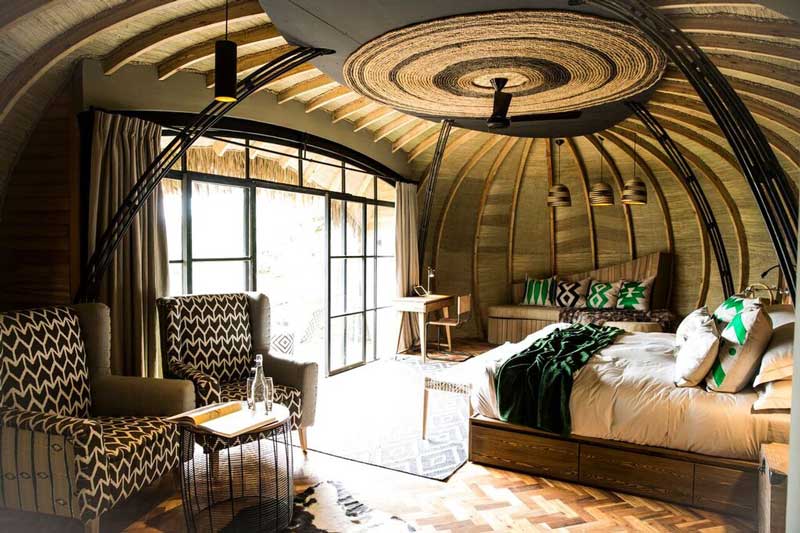
A perfect example is Bisate Lodge in Rwanda, where the thatched design of the villas is both striking and subtle in the sensitive use of colours, textures and local products. From the handmade bricks and local baskets, to the vibrant staff uniforms, to the use of wooden parquet flooring, the design, in an understated manner, has managed to capture the country in microcosm.
“Rwanda has such a rich culture that there was just so much to draw on in the country; I spent two weeks driving around, just inhaling the country!” says acclaimed designer Caline Williams-Wynn of Cape-based studio Artichoke Design, who has infused the culture and traditions of a nation into the Bisate guest experience.
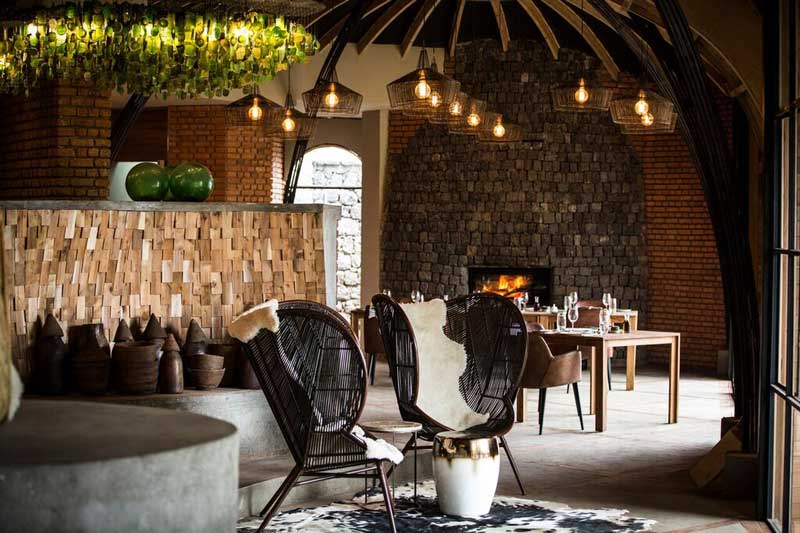
“Guests are learning to expect extraordinary experiences in spaces that inspire them… But which also offer all the comforts of home. Designers have to balance these extremes to cater to sophisticated hotel guests”, notes Gabriela Čiperová, architect at Jestico+Whiles, who designed the new Zuri Zanzibar, which will open in May 2018.
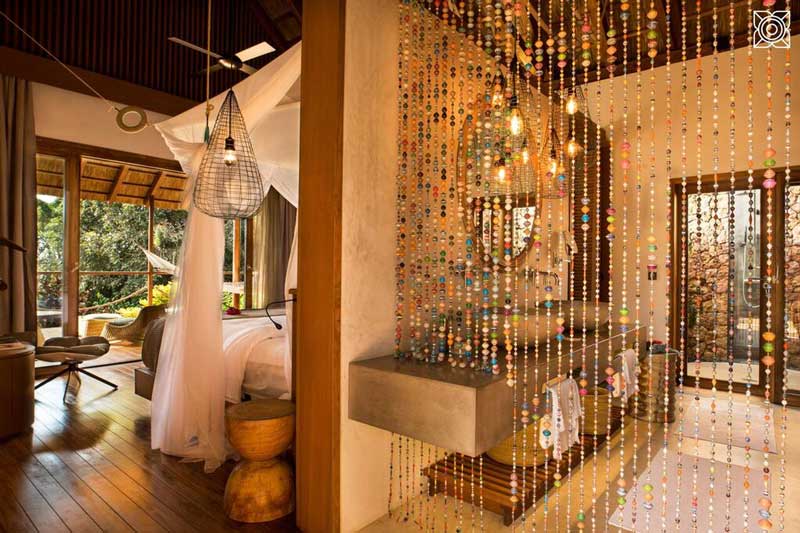
At Zuri, that blend of chic modernism and traditional African design plays out in the use of teak, recycled paper beads and locally crafted décor items. “The purpose is to eliminate the ecological load and give the visitors the experience of feeling the local atmosphere”, says Čiperová.
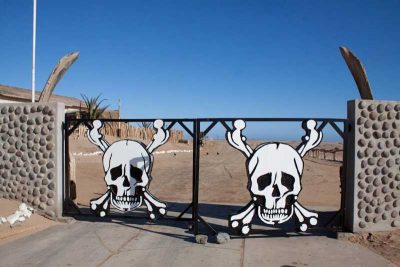
That’s fine when there’s a rich local culture to draw on, but what if the lodge is surrounded by the emptiness of Namibia’s Skeleton Coast? You turn to the desert itself for inspiration.
“We are seeing a massive shift in guests who want a simpler, more authentic experience”, adds Chris Browne from FoxBrowne Creative, who were responsible for the interior styling at andBeyond’s revamped Bateleur Camp in Kenya.
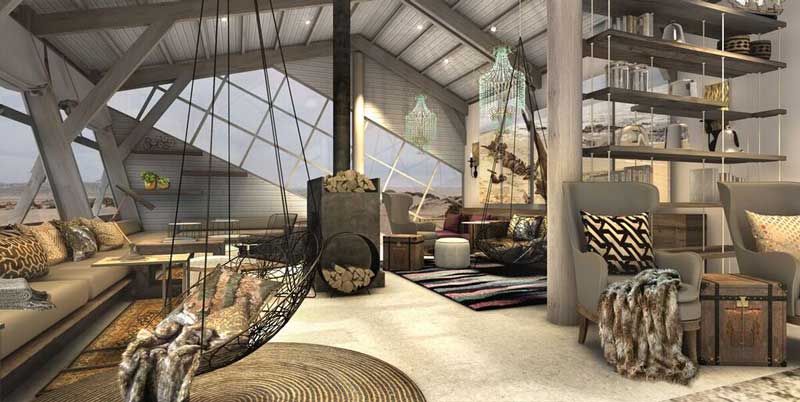
Embracing local design is also intrinsic to the new andBeyond Tengile River Lodge, opening in late-2018. “We are definitely seeing a movement towards a considered experience for the guest – creating tailored environments, for tailored experiences”, adds Andrea Kleinloog, co-owner and interior designer at Anatomy Design. “Sustainability is also so important that it has become almost a non-negotiable. Whereas a decade ago it was considered ‘innovative’ to be sustainable, now it has become a basic requirement.”
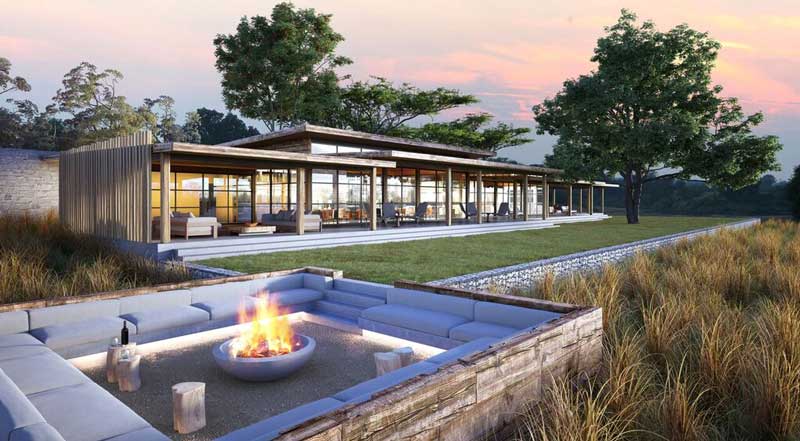
While newly built lodges offer a welcome opportunity to create a memorable guest experience through design, renovating established properties without alienating loyal guests is a unique challenge. A perfect example is the overhaul and relaunch of Wilderness Safaris’ iconic Mombo Camp in the Okavango Delta.
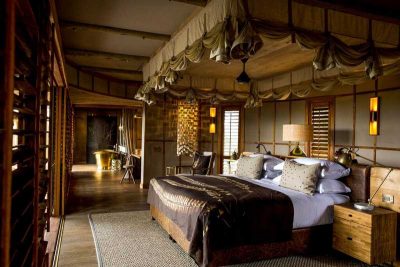
The redesign of Mombo “was all about bringing a brilliant lodge into the next century. She is the Rolls Royce of the Delta, so it was all about improving the guest experience”, says Williams-Wynn of Artichoke Design. “We did a lot of recycling of the boardwalks, and we used the same doorways from the old Mombo so there was still a sense of familiarity. The feel of the old Mombo is still in the new Mombo. It’s not a contemporary feel: it has all the elements of the old Mombo – it’s just bigger, better and more sustainable.”
That also applied in the refurbishment of Bateleur Camp, adds Browne: “Many repeat guests asked us not to change a thing and not to lose the old world charm… We upcycled and reused many of the original pieces, artefacts, antiques and furniture that have given the lodge a sense of continuity and soulfulness.”
Whether it’s a new-build or renovation, personal space is a key consideration flagged by designers working in contemporary lodge design. Whether it’s availability of private villas, or the expansion of private space in a standard suite, guests increasingly want the freedom to be on their own.
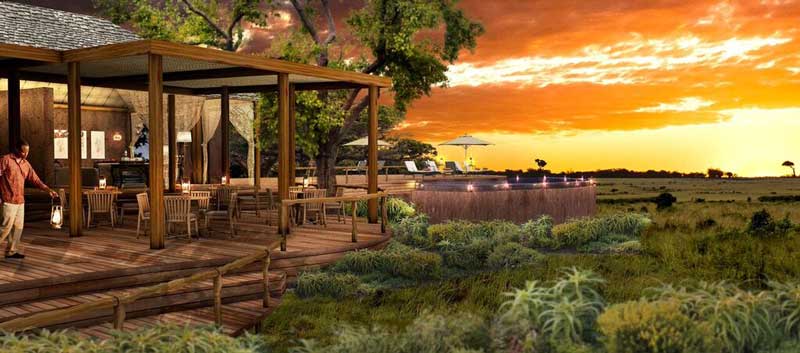
However, architects are often prohibited from expanding the physical footprint of the lodge – which means clever interior design is crucial.
At Bateleur Camp, “by making a few simple and small additions we were able to nearly double the useable guest floor space”, says Browne. “We added a butler’s hatch to the rooms because we believe that the ritual of having a morning wake-up tray delivered to one’s room is one of the quintessential moments of an African safari.”
And that is perhaps the foundation of contemporary lodge design: to enhance the guest’s experience. Form must follow function, and when the architecture and décor meld with an unbeatable location, that’s where the magic happens.
John Segar
READ MORE POSTS BY THIS AUTHOR






